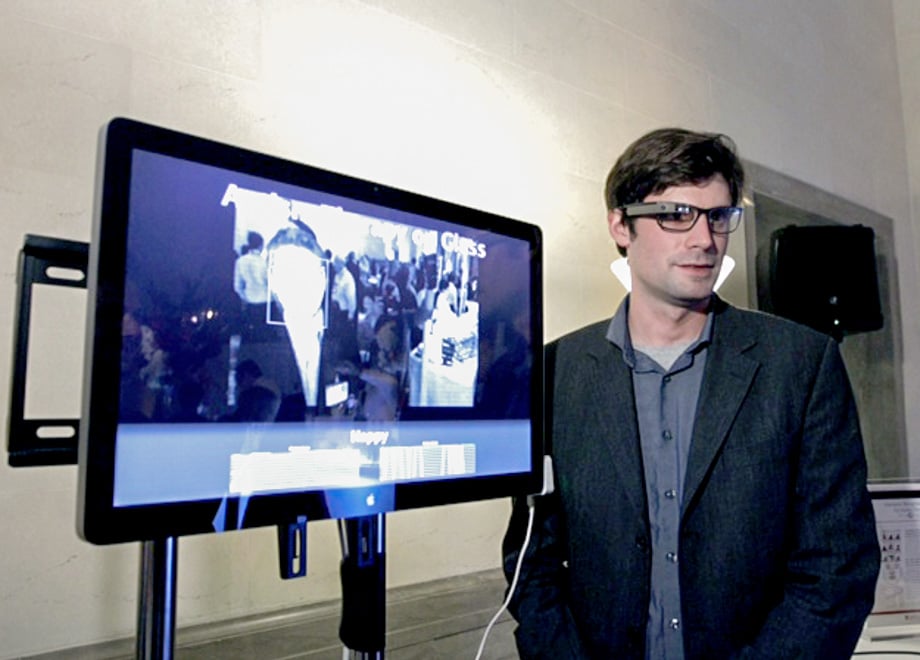
Over the past year, a team of psychologists, computer scientists, doctors and students has come together for the Autism Glass Project to devise a new Google Glasses and facial recognition software to help teach autistic children basic social skills.
The Autism Glass Project was sparked by software developments, which were later connected to therapeutic potential. In his freshman year at Stanford, Catalin Voss ’16 – the project founder – devised the vital emotion recognition software for his startup.
According to Voss, the project itself was conceived out of a serendipitous series of interactions with the rest of the team.
The device that emerged uses the front facing camera on Google Glasses to read the facial expressions of people with whom the user interacts. The current algorithm can distinguish between eight of the most vital reactions and then immediately relay the information back to the child through visual or auditory cues. The device decrypts and develops cues to basic emotions for users in real time.
“[The project is] … grounded in the belief that we must empower families and children,” said Dr. Dennis Wall, Associate Professor of Pediatrics and the Principal Investigator of the Autism Glass Project.
Dr. Wall believes this is a groundbreaking endeavor in many ways. The aim is to use the best of the current Applied Behavioral Analysis (ABA) methods and combine them with the rise of technology over the last decade. Current ABA methods for helping autistic children develop social skills consist of rote memorization through means such as flashcards.
The issue stressed by Dr. Wall is that such methods do not translate into repeatable reactions in natural settings. Often times the children end up paying attention to the wrong stimuli on the flashcards, leading to marginal changes in social skills.
While the new Autism Glass Project can curb the chances of these mistakes through its use in day-to-day activities, this could also be its Achilles heel.
“We are trying to prevent building a prosthesis at all costs,” Voss stressed.
Project leaders believe that teaching the parents, therapists and others in the community how to use the device is the best way of ensuring the device is used as an educational tool, not just a daily aid.
As part of that educational aspect, the group highlighted the versatility of the device by showing how children can play games with it, how therapists can use it to enhance therapy and how parents can use it in the comfort of their home.
With the daily application of these glasses, Wall’s theory is that the phone will help to develop a child’s confidence in their social abilities and thus be able to react more adeptly. In addition, the data stored on the phone can be analyzed for further improvements.
The Autism Glass Project is in the midst of its second study. Unlike the preliminary study, focused upon the use of the glasses in a sustained clinical environment, the latest study will allow patients to take the glasses home for three to four months to use in the child’s natural settings.
“We describe this as a make-it or break-it study for the project,” Voss explained, referring to the fact that until now it has only been speculation regarding how the parents, therapists and children will utilize the device.
Contact Ribhav Gupta at rgupta97 ‘at’ stanford.edu.
